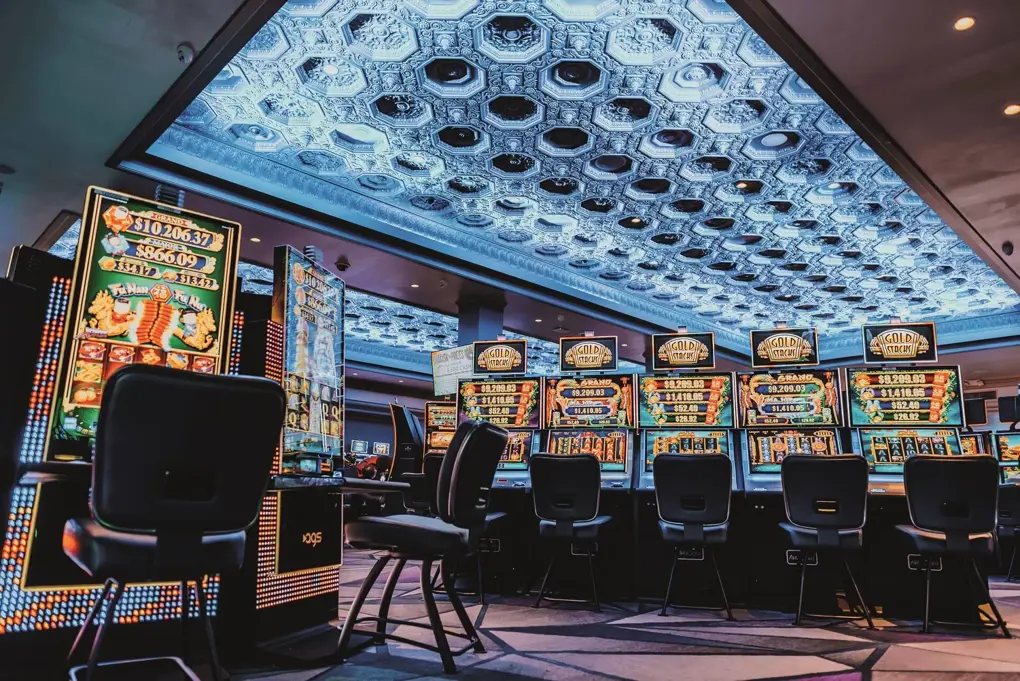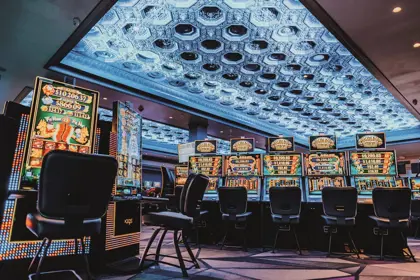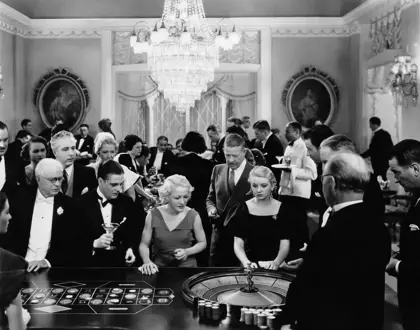The House Always Wins
A brief history of casinos
It is perhaps no surprise that the adventurous souls who risked the high seas and bouts of scurvy to reach the New World brought with them a fondness for gambling. The fun-loathing Puritans tolerated the occasional roll of the dice, and even the likes of George Washington and Benjamin Franklin were in the business of printing and selling playing cards.
In those days, a casino was primarily a place where you went to listen to music and dance. However, within earshot of the fiddles and tapping feet, smoky backrooms offered a different kind of thrill. It was mainly the rich who went to these establishments to gamble; and the large amounts of money that they were prepared to lose precipitated the evolution of these dance halls into places where betting was the main activity.
By the mid-19th century, there were some 6,000 casinos in New York, while in San Francisco – where the gold rush was attracting plenty of risk-takers – a gambling tent the size of a boxing ring could fetch $40,000-odd a year in rent, payable in gold dust.
However, public opinion was turning against casinos. In Europe, people feared that legalized betting would impoverish the people. A gambling operator from Hamburg, Germany, was forced to close for this very reason. He ended up buying a gaming concession from the Grimaldis of Monaco (who were trying to stave off bankruptcy) and Monte Carlo – the grand dame of casinos – was opened in 1861.
In the United States, the shadier side of gambling offended a population consumed by Victorian morality. Professional gamblers, known as “sharps”, used confidence tricks or cheated to make money – and were often lynched for their pains. And the Wild West was proving to be just that, with shootouts over lost games of cards not uncommon.
Various anti-gaming laws were introduced during the second half of the 19th century. Arizona and New Mexico were obliged to ban casinos before being allowed to join the Union; and by 1915, virtually all forms of gambling were illegal in the country. Then, in 1920, Prohibition began.
If you wanted a tipple and a wager in these sober times, you had to settle for bootleg liquor at illegal betting syndicates. Gambling went underground – or offshore. Floating casinos dropped anchor in the waters just beyond San Francisco’s jurisdiction; and players flocked to the hotels, casinos and brothels of a riotous island in the Caribbean called Cuba.
The perceived social ills of gambling grew a little fuzzy during the hard times of the Depression. With little going for it economically, the arid state of Nevada legalized gambling in 1931 to generate revenue. The mob gravitated to the desert town of Las Vegas, where they bankrolled the construction of the type of garishly luxurious establishments that today we recognize as casinos.
Vegas’s meteoric rise did not go unnoticed. In 1978, New Jersey became the second state to allow gambling, hoping that casinos would prove the savior of the once-popular seaside town of Atlantic City, which had lost business to the beach resorts of the Caribbean.
Even though Havana’s casino closed after the revolution in 1959, gamblers continued to flock to the islands, including St. Maarten, Puerto Rico, the Bahamas, and the Dominican Republic, which emerged as casino hot spots, some offering Vegas-style glitz and glamour, others European elegance and sophistication.
By Ross Velton


